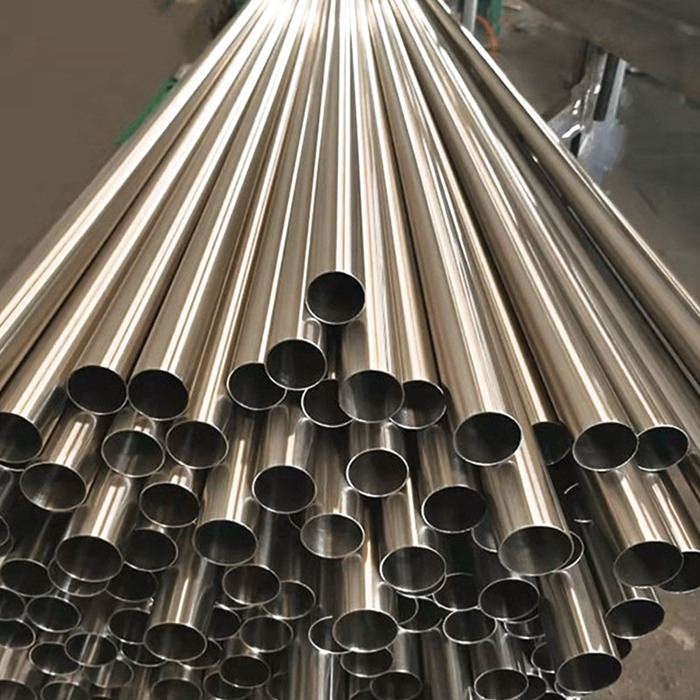Stainless steel pipes can be found everywhere in our daily use. I believe that many friends are asking why there are so many stainless steel pipe products in our life, so today we will help you better understand the three characteristics of stainless steel pipe.
1) Weldability
Stainless steel due to contact with carbon steel parts caused by scratch, after the formation of galvanic cell with corrosive medium which will produce electrochemical corrosion. If the effect of pickling passivation is not good, the passivation film on the surface of the sheet will be uneven or too thin, which is also easy to produce electrochemical corrosion. Slag, splash and other easy to rust substances attached to the sheet, and then form a galvanic cell with the corrosive medium, resulting in electrochemical decay. Pickling passivation cleaning is not clean, which leads to the chemical corrosion products between the remaining pickling passivation residue and the sheet, and then the electrochemical corrosion is formed with the sheet.
2) Corrosion Resistance
Most stainless steel products require good corrosion resistance. Stainless steel pipes are similar to Class I and Class II cutlery, kitchen appliances, water heaters, water dispensers, etc. Some foreign traders also tested the product for corrosion resistance: using a NACL aqueous solution to warm to boiling, after a while the solution was drained, washed and dried to determine the weight loss to determine the degree of corrosion.
3) Polishing
Stainless steel due to contact with carbon steel parts caused by scratch, after the formation of galvanic cell with corrosive medium which will produce electrochemical corrosion. If the effect of pickling passivation is not good, the passivation film on the surface of the sheet will be uneven or too thin, which is also easy to produce electrochemical corrosion. Slag, splash and other easy to rust substances attached to the sheet, and then form a galvanic cell with the corrosive medium, resulting in electrochemical decay. Pickling passivation cleaning is not clean, which leads to the chemical corrosion products between the remaining pickling passivation residue and the sheet, and then the electrochemical corrosion is formed with the sheet.

-6.jpg)





